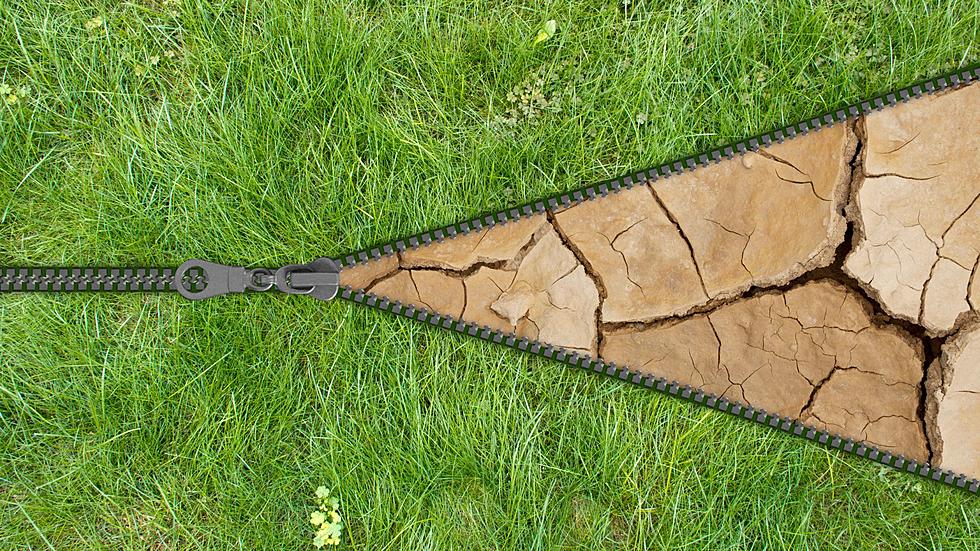
North Dakota Winter Weather: Unprecedented Impact Of Super El Niño
According to fresh data, the current El Niño has reached unprecedented levels, putting it in the unusual "super El Niño" category, significantly affecting our winter in North Dakota this year.
However, meteorologists predict that La Niña will most certainly form in the next few months.

Scientists rely on ocean surface temperatures as a primary indicator of the presence and intensity of El Niño. According to NOAA's Climate Prediction Center, the tropical Pacific Ocean, the birthplace of El Niño, had a temperature 2 degrees Celsius higher than usual from November to January.
This is a record-breaking barrier that has only been crossed six times in recorded history. This indicates that a powerful El Niño is still going on, according to CNN.
The intensity of this so-called super El Niño will not persist for much longer, as it has already peaked and is already trending downward.
Last week, meteorologists issued a La Niña watch, indicating that the current pattern could completely change to cooler-than-average temperatures in the eastern tropical Pacific, known as El Niño, by the fall, although it is more probable that this would happen in the summer.
El Nio will have an impact on the weather in the upcoming months because its intensity and eventual decline affect global weather patterns.
Over time, the likelihood of El Niño influencing global weather increases as its strength increases. Typically, El Niños manifest during the winter months in the United States.
One of these indicators would be a milder-than-usual winter with less snowfall in the northern United States. Exactly this kind of thing is going down this winter. It was the warmest December on record in several states in the region, and the pattern of a generally toasty January with little snowfall has continued into February.
Because El Niño frequently directs the storm-steering jet stream southward, the southern United States has a wetter-than-average winter.
Storms this winter essentially ended a severe drought in the South by flooding the region with rain many times. A string of powerful atmospheric river storms recently unleashed record rainfall and dozens of mudslides in California.
Weather patterns brought about by the additional heat source from the warmer water in the eastern Pacific Ocean can have a particularly negative impact on the western regions of both Americas that border the Pacific.
The recent devastating and fatal fires in Chile serve as evidence of the connection to El Nio. Reduced precipitation in the north of the nation, which exacerbated the widespread drought that left some regions tinder-dry, is associated with the trend.
El Niño has also affected the patterns of precipitation and temperature on various other continents, such as South America, Africa, Australia, and portions of Asia.
However, in a world where temperatures are rising, not all instances of extreme weather can be clearly linked to El Niño. These days, El Niño impacts are happening simultaneously.
Extreme weather events are becoming increasingly common and severe as a result of human-caused climate change.
LOOK: Former President Donald Trump Has His Own Sneaker
Gallery Credit: https://kisscasper.com/author/djnyke/
Through the Years: Conan O'Brien Has the Most Fun and These Photos Prove It




